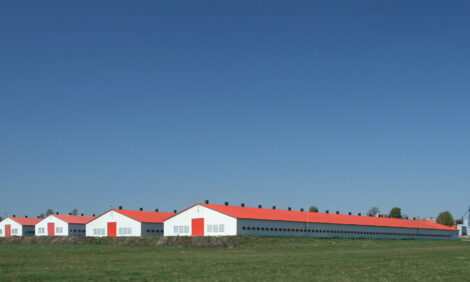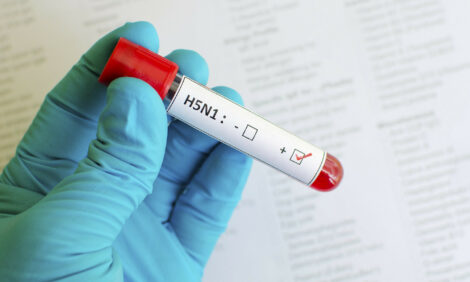



Unity for More Food Safety in Europe and Neighboring Countries
GLOBAL - "To protect consumers, the responsible public institutions have to be networked together all over the world," says Professor Dr Andreas Hensel, President of the German Federal Institute for Risk Assessment (BfR) and German representative of the Advisory Forum of the European Food Safety Authority (EFSA)."We are aiming to expand international cooperation with the EU Food Safety Almanac and the ENP (European Neighbourhood Policy) Food Safety Almanac," says Dr Hensel.
But who is doing what in Europe and its neighbouring countries? The two up-to-date reference books provide an overview of the responsible public institutions and their administrative structures in order to facilitate collaboration on food and feed safety in the European Union and neighbouring countries.
The new edition of the BfR's EU Food Safety Almanac comprises 38 country profiles which were prepared and updated with the support of the EFSA Focal Points in member and neighbouring countries and by EFSA itself.
The reference work covers all of the Member States of the European Union, as well as Iceland, Norway and Switzerland, and neighbouring European countries such as the Former Yugoslav Republic of Macedonia, Montenegro, Serbia and Turkey. The 4th edition includes Albania, Bosnia-Herzegovina and Kosovo for the first time.
Within the scope of the European Neighbourhood and Partnership Instrument (ENPI) and in collaboration with EFSA, the BfR prepared the ENP Almanac, which is being published for the first time. It offers an overview of the structures of the authorities in neighbouring states of the European Union and covers the following countries: Armenia, Belarus, Georgia, Israel, Jordan, Lebanon, Moldova, Morocco, Tunisia and Ukraine.
The main focus of both almanacs is on institutions active in the assessment of health risks. Each country profile contains a graphic overview of the authorities' structures along with a detailed description of the tasks and activities of the institutions. Areas of responsibility are illustrated graphically by means of pictograms.
In this way, for example, the reference works can be used to find out which institutions are responsible for the health assessment of dietary supplements, veterinary drug residues or genetic engineering. At the same time, readers can identify which ministries and institutions are responsible for risk management, how risks are communicated and to what extent risk assessment and risk management are institutionally separated.
This overview of the organisational links and cooperation within the European Union and its neighbouring countries not only facilitates the search for international partners, it also helps to avoid duplication of efforts and promotes the clarification of responsibilities.
The brochure is aimed at everyone who would like to find out more about the structures and institutions of food safety, in particular food safety agency staff, the media, consumer associations, food industry representatives, scientists and politicians.
The fourth edition of the EU Food Safety Almanac is available free of charge at the BfR website in German and English. Translations into French, Portuguese, Spanish and Chinese are to follow. In addition to this, a special issue of the EU Almanac for the community of Portuguese-speaking countries (Comunidade dos Países de Língua Portuguesa, CPLP) was published in February 2017. The ENP Almanac on European Neighbourhood Policy is published in English.
You can view the EU Food Safety Almanac by clicking here.








